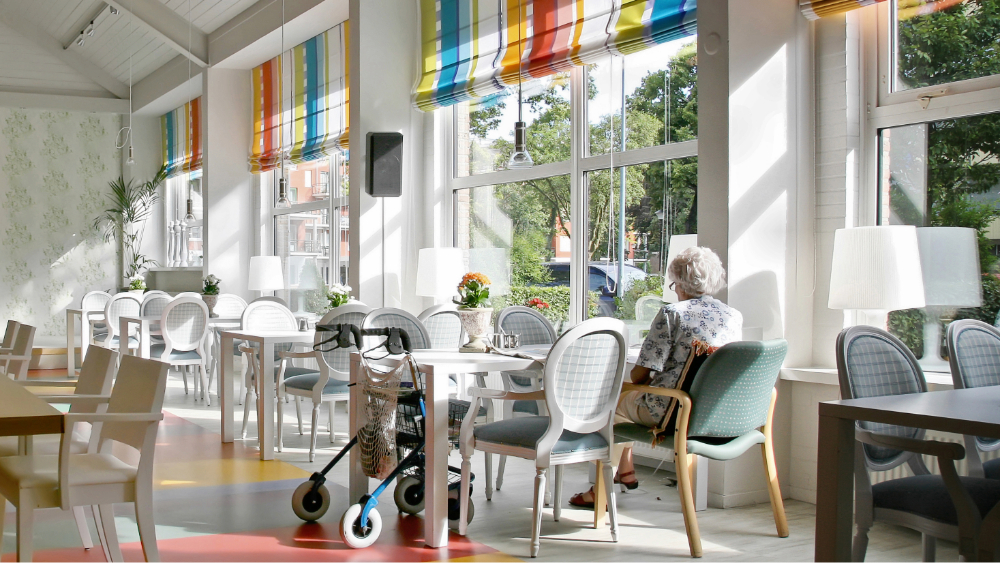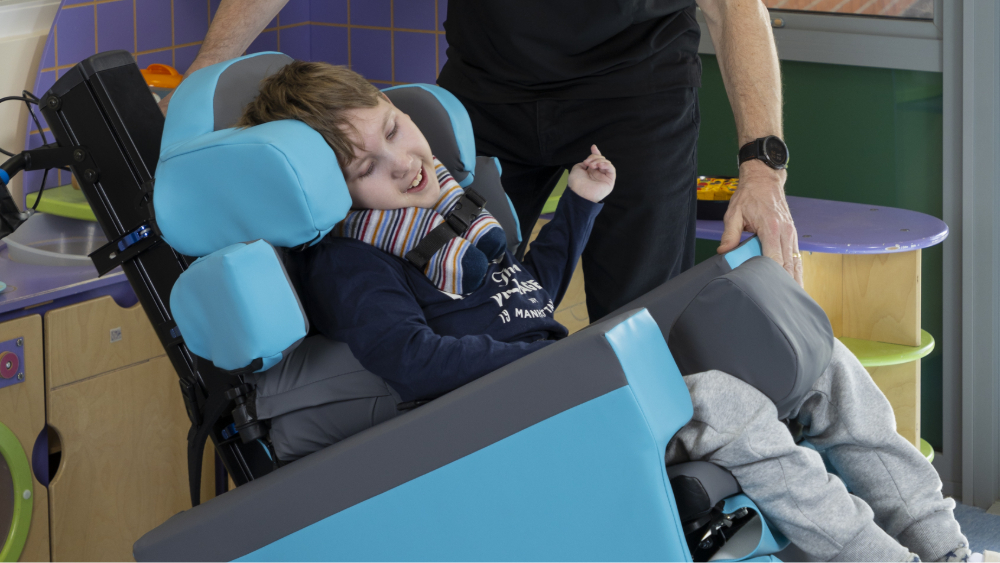Common Mistakes Buying Specialist Seating
Investing in specialist seating is about ensuring long-term comfort, support and wellbeing. However, choosing the wrong chair can lead to unnecessary discomfort or even worsen existing health issues. Many people make avoidable mistakes when selecting specialist seating, often due to a lack of research or understanding. This blog explores five common mistakes and how to avoid them. CareFlex is here to support you every step of the way.
1. Not Understanding Your Specific Needs
One of the biggest mistakes is not thoroughly assessing the specific needs the chair must address. Specialist seating serves different purposes, from posture management and pressure relief to accommodating mobility challenges. Rushing into a purchase without considering factors like medical conditions, time spent sitting or ergonomic requirements can lead to discomfort and poor support.
Avoid This Mistake: Take time to evaluate your needs before deciding. Ask yourself:
- Do I experience discomfort?
- Do I need extra support for my posture?
- What activities do I do when sitting?
- Is pressure relief essential to prevent pressure ulcers?
- Will the chair be used for long periods or short sessions?
Consulting a health and social care professional, such as an occupational therapist, can also provide valuable insights into the features you might need.
You can call one of our team to discuss your needs and requirements.
2. Overlooking Adjustability and Customisation
Specialist seating isn’t a one size fits all solution. What works for one person may not be right for another. Many buyers opt for chairs that lack essential adjustments, leading to poor posture and discomfort over time.
Avoid This Mistake: Look for chairs with adjustable seat depth, armrest height, and tilt and recline options. If possible, choose a model that allows customisation to suit your body shape or condition. A well-adjusted chair like the MultiAdjust can adapt to changing needs, preventing the need for frequent replacements.
3. Prioritising Aesthetics Over Functionality
While style matters, prioritising appearance over functionality is a common mistake. A stylish chair that lacks proper support or comfort can contribute to long term health issues, especially for those with specific medical needs.
Avoid This Mistake: While it’s fine to consider design, ensure functionality comes first. Comfort, ergonomics, and support should be the primary focus. Specialist seating is about enhancing quality of life, so the features must align with your needs before considering aesthetic appeal.
4. Not Testing the Chair Before Buying
A crucial mistake is purchasing a chair without physically testing it. Every person’s body is different, and what looks good on paper may not feel comfortable in practice. Many people buy seating without testing it, only to find it unsuitable.
Avoid This Mistake: Try the chair in person before committing to the purchase. Testing allows you to evaluate comfort, adjustability and support in real world conditions.
We ensure every person who wants a CareFlex chair has a seating assessment, this is to ensure the chair meets the needs of the user.
5. Ignoring Long-Term Durability
Specialist seating is an investment, yet some buyers opt for cheaper alternatives that compromise on durability and longevity. While a lower price may seem appealing, it often results in a product that wears out quickly or lacks essential support features, leading to premature replacements.
Avoid This Mistake: Prioritise quality and durability. Look for chairs made from high quality materials with robust construction. Check for warranties or guarantees, which provide reassurance that the chair is built to last. A higher upfront investment in a durable chair is often more cost-effective than frequently replacing cheaper models.
CareFlex chairs come with comprehensive warranties and ongoing aftersales support.
Final Thoughts
Choosing the right specialist seating isn’t just about aesthetics or budget, it’s about finding a solution that meets your specific needs, offers adjustability, and provides lasting support. By avoiding these common mistakes, you can invest in a chair that enhances comfort, promotes wellbeing and stands the test of time.



